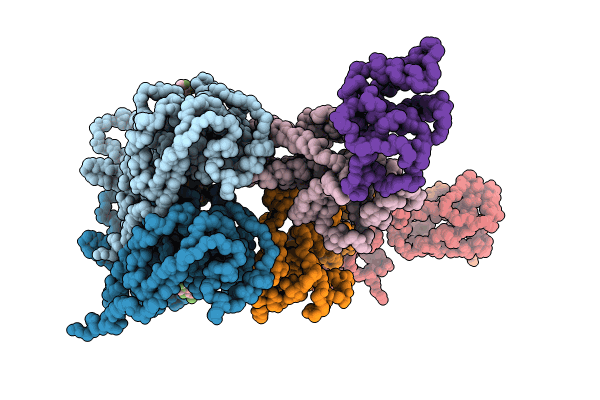
Deposition Date
2023-10-27
Release Date
2024-10-02
Last Version Date
2025-10-22
Entry Detail
PDB ID:
8USN
Keywords:
Title:
Intracellular cryo-tomography structure of EBOV nucleocapsid at 8.9 Angstrom
Biological Source:
Source Organism:
Ebola virus - Mayinga, Zaire, 1976 (Taxon ID: 128952)
Host Organism:
Method Details:
Experimental Method:
Resolution:
8.90 Å
Aggregation State:
CELL
Reconstruction Method:
SUBTOMOGRAM AVERAGING


